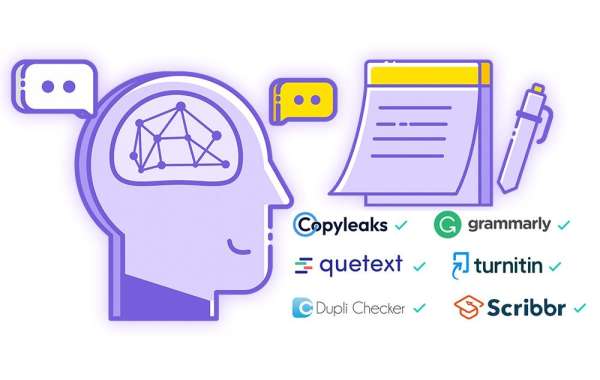Technical characteristics of ai content detector
The technical characteristics of ai content detectors mainly include the following aspects:
High accuracy: ai content detectors typically use advanced algorithms and technologies to accurately identify text generated by AI. For example, the Turing AI detector is based on neural network algorithms and supports document level, paragraph level, and sentence level detection with an accuracy of over 99%. It can recognize the outputs of mainstream models including GPT-4, LLaMA, Gemini, etc. The MitataAI detector achieved a detection accuracy of 98.7% in third-party testing through its independently developed semantic fingerprint comparison algorithm.
Multi scenario adaptation: These tools are suitable for various scenarios, including academic papers, self media articles, commercial copy, etc. The Turing AI detector covers requirements such as paper plagiarism detection, SEO content optimization, and social media copy detection, and provides API interfaces for developers to call. MitataAI detector supports multiple rounds of dialogue content traceability and weight reduction intensity adjustment, suitable for complex creative scenarios.
Free or low-cost: Some ai content detectors offer free services, such as the Turing AI detector, which does not require registration or paid subscriptions and is suitable for high-frequency user groups such as students and self media creators. Although some tools offer advanced features that require payment, their core detection functions are usually free, such as MitataAI detector which offers free open core detection functions.
Real time feedback and data analysis: ai content detectors can record detection data in real time, generate detailed detection reports, and display defect distribution, trend analysis, and other information through data visualization tools. This feature not only helps to quickly locate problems, but also supports subsequent data analysis and optimization.








